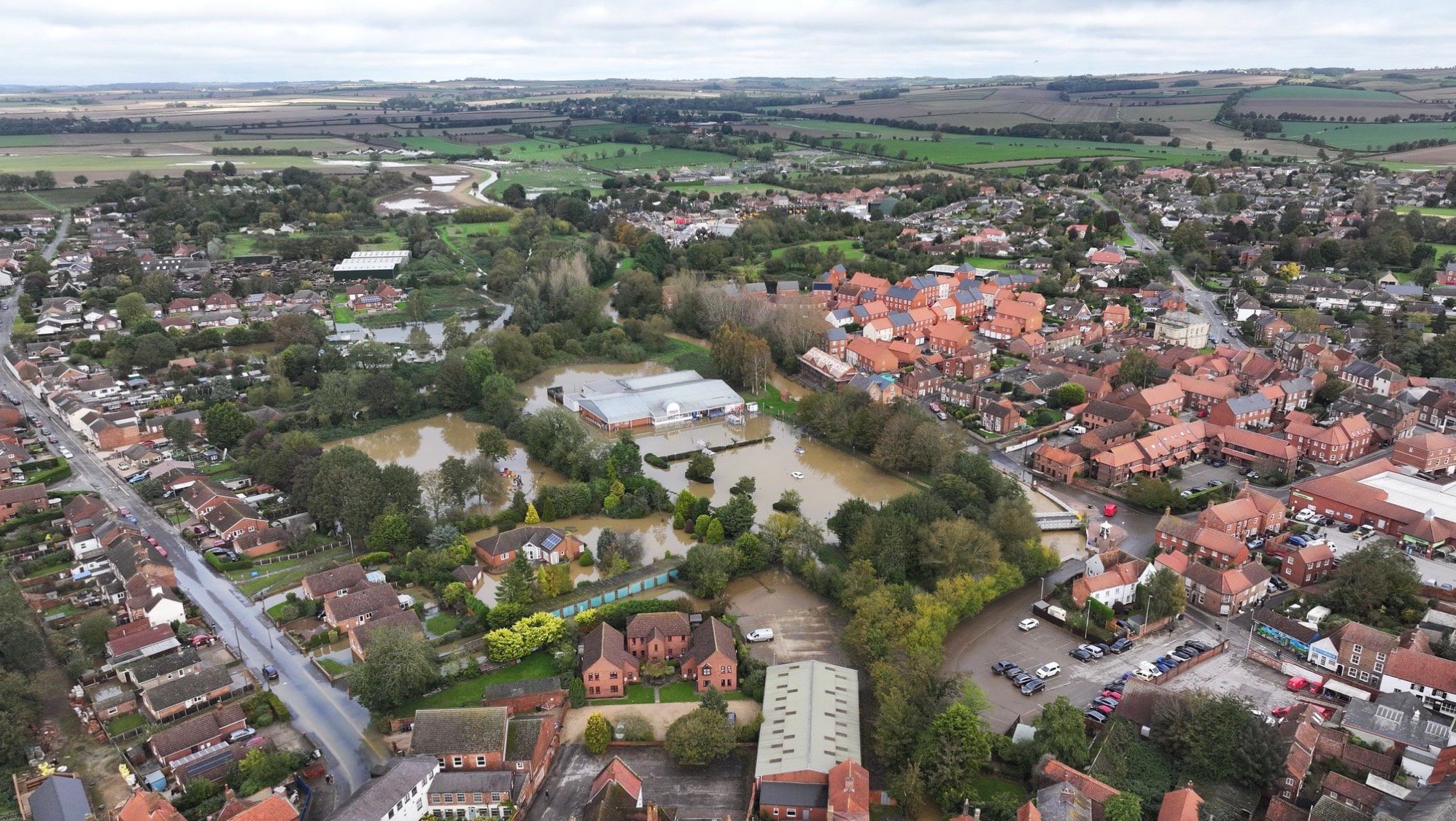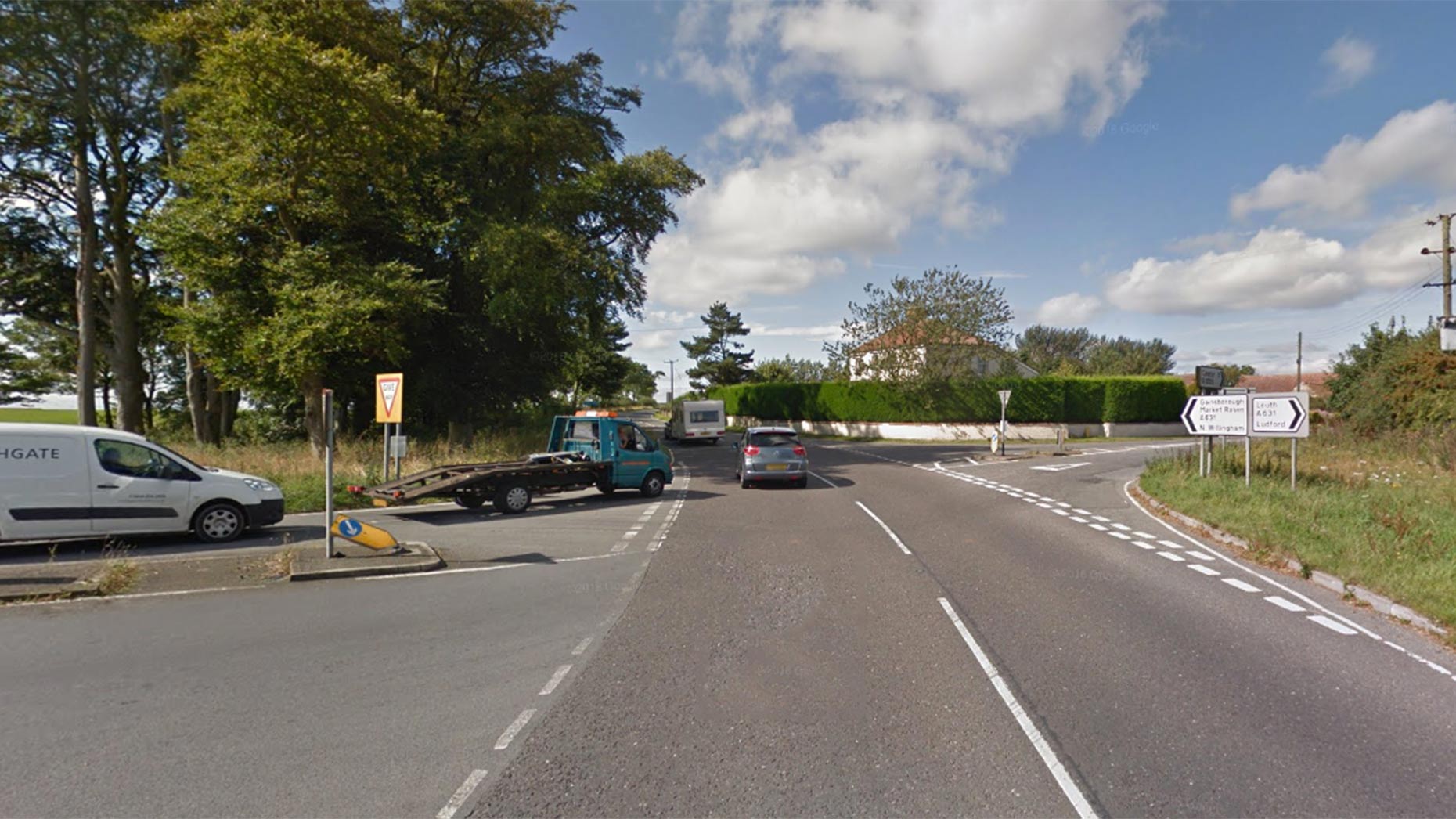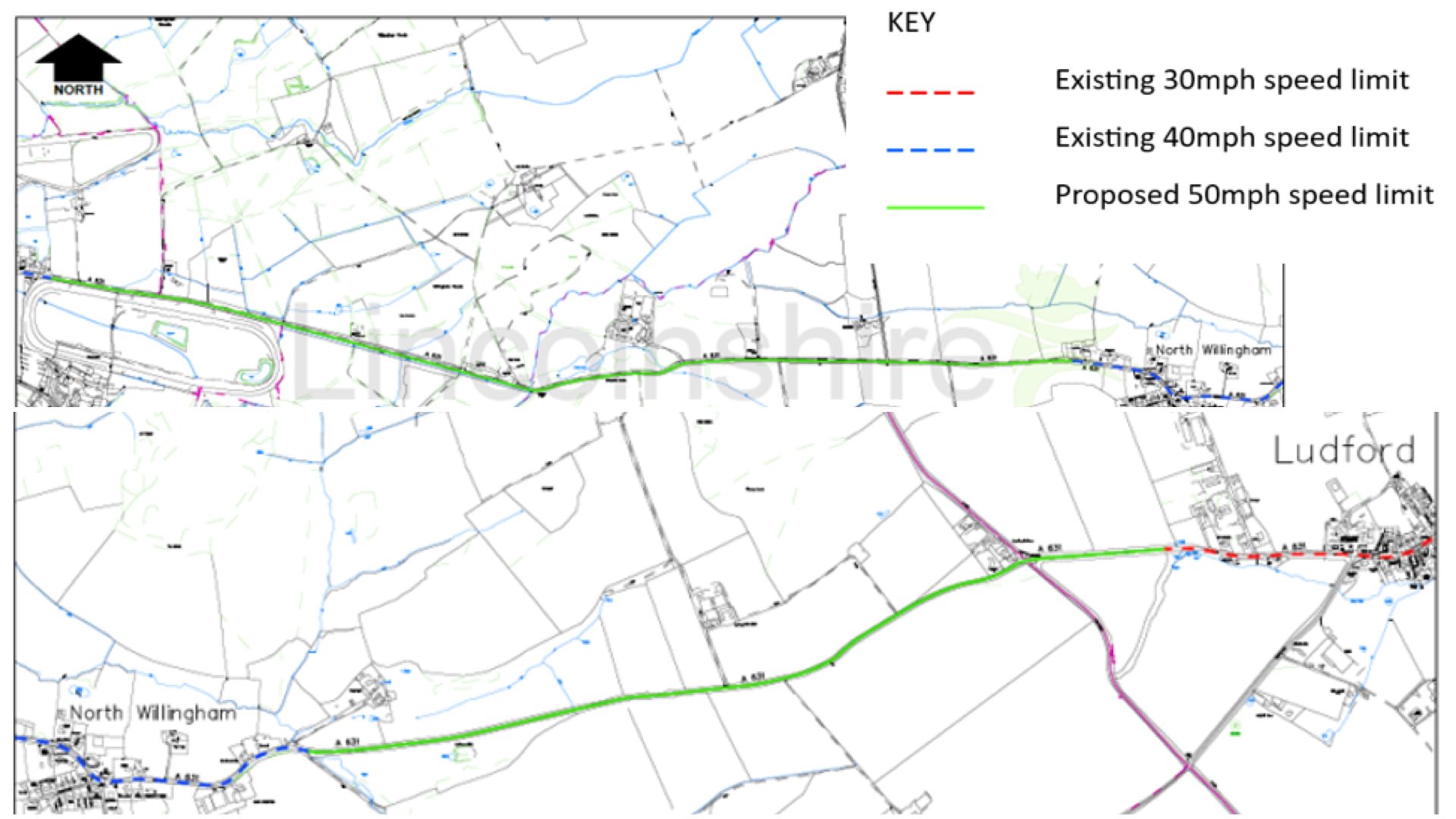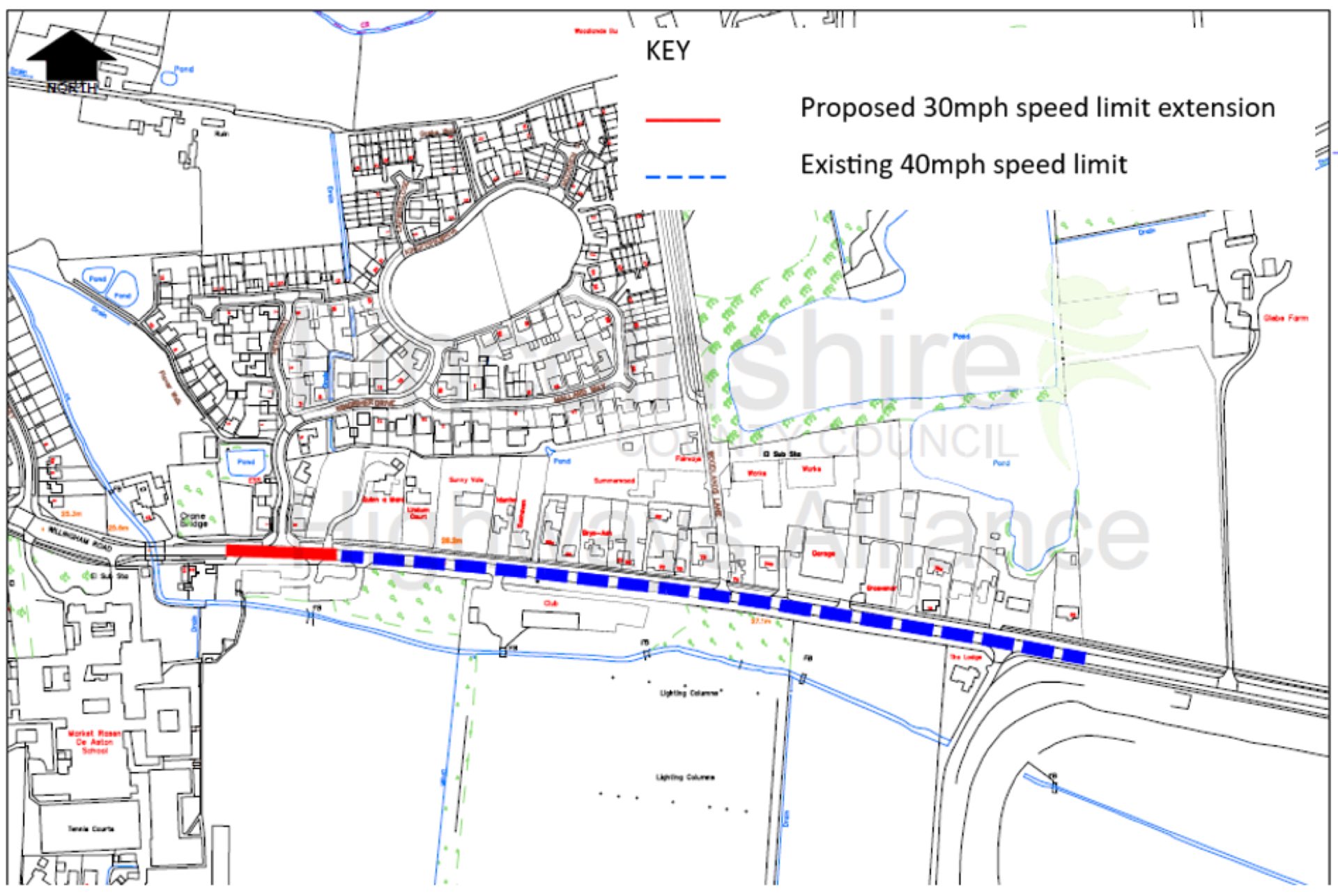Lincolnshire County Council believes that a “multitude of events” led to the devastating flooding in Horncastle in the aftermath of Storm Babet in October 2023.
Despite a new £8.1 million flood prevention scheme built in 2017, around 80 properties were flooded across the town following the storm last year, prompting an investigation by the Environment Agency (EA). The findings are expected to be released in the next fortnight.
In the aftermath, dozens of families were left reeling, many losing belongings and some rendered homeless, prompting them to seek advice from various agencies at the Horncastle & District Community Centre on Manor House Street.
While there, several residents voiced their frustration over the flood defences’ apparent ineffectiveness, with some labelling them “useless.”

The flooding caused severe damage to the Old Hat music shop on East Street | Image: Supplied
Local farmer John Harrison pointed out a flaw in the system. He explained that his land is designated to store floodwater as part of the flood relief scheme. However, he claimed that a switch was incorrectly positioned for several hours, causing water to flow back into the river instead.
“I was down at midday and I could see immediately the mechanism was holding water back from going down the river, but the return valve was open,” he recalled. “So it was like getting in a bath and you turn the tap on and haven’t put the plug in.”
During a Community Flood Defence Update event at Batemans Brewery in Wainfleet on Friday, organised by Skegness and Boston MP Matt Warman (Conservative), representatives from Lincolnshire County Council outlined some of the investigation’s findings so far.

Matthew Harrison, Flood & Water Manager at LCC | Photo: James Turner
Matthew Harrison, Flood & Water Manager at LCC, clarified that the EA was leading the investigation, but highlighted: “There were a multitude of events that led to flooding in Horncastle, it wasn’t a single event.
“There are various water courses that feed into the town and not all of those are covered by the flood defence scheme that was put in place previously.”
Furthermore, he mentioned that the council is conducting around 230 separate investigations related to 850 properties across the county that experienced internal flooding following Storms Babet and Henk.
“It’s on a scale that we haven’t seen before,” he added.
Morgan Wray, Flood Risk Manager from the Environment Agency, was more reserved about the findings so far, but disclosed that the full report is expected to be released in the next couple of weeks.
He stated: “The investigation is ongoing. We are hoping to come to the community in the next few weeks with the results of that.”
Wray later urged residents across the county to check if they are at risk of flooding, adding: “Once you’ve found out if you are at risk, you can do simple things like create a flood plan or sign up to receive flood warnings. We would really urge people to do that for themselves.”










